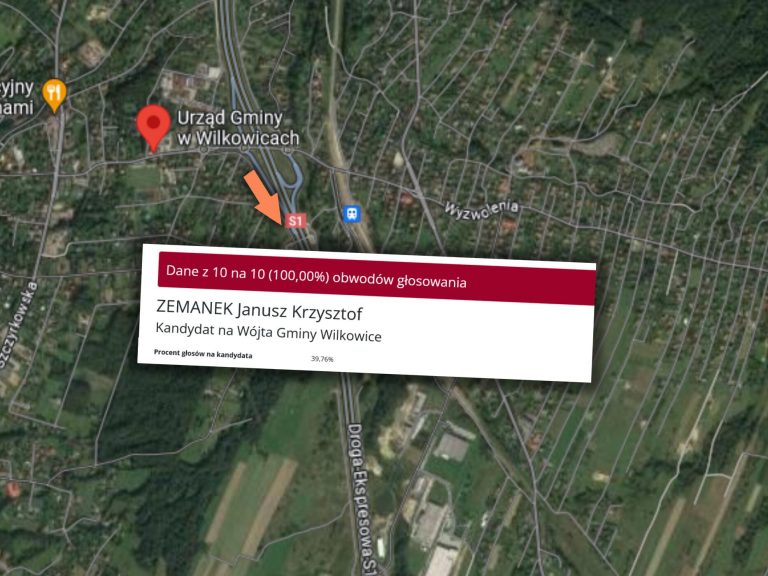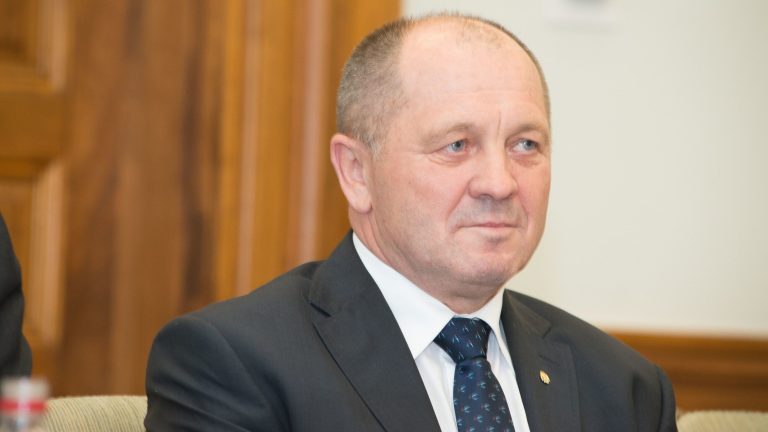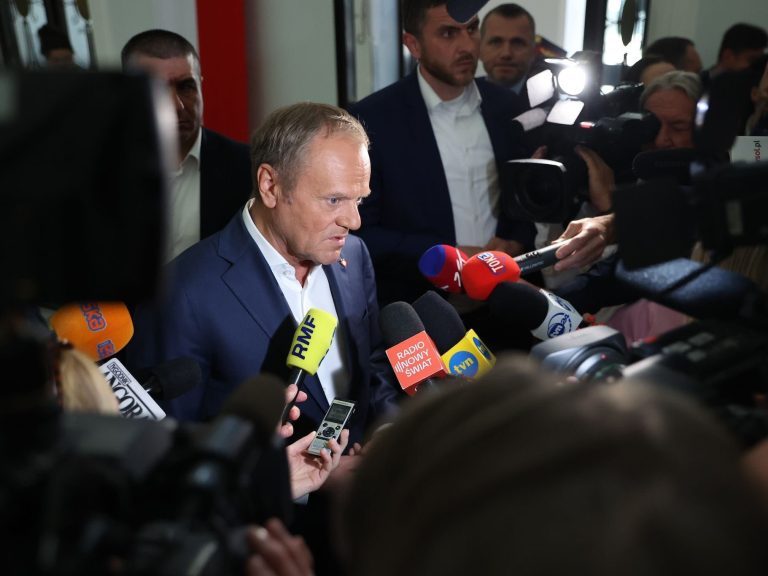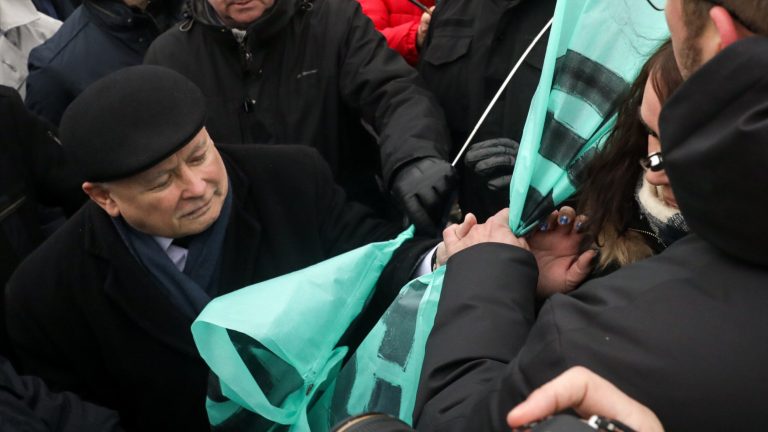35 or 500 thousand at the Free Poles Protest? How to count march participants
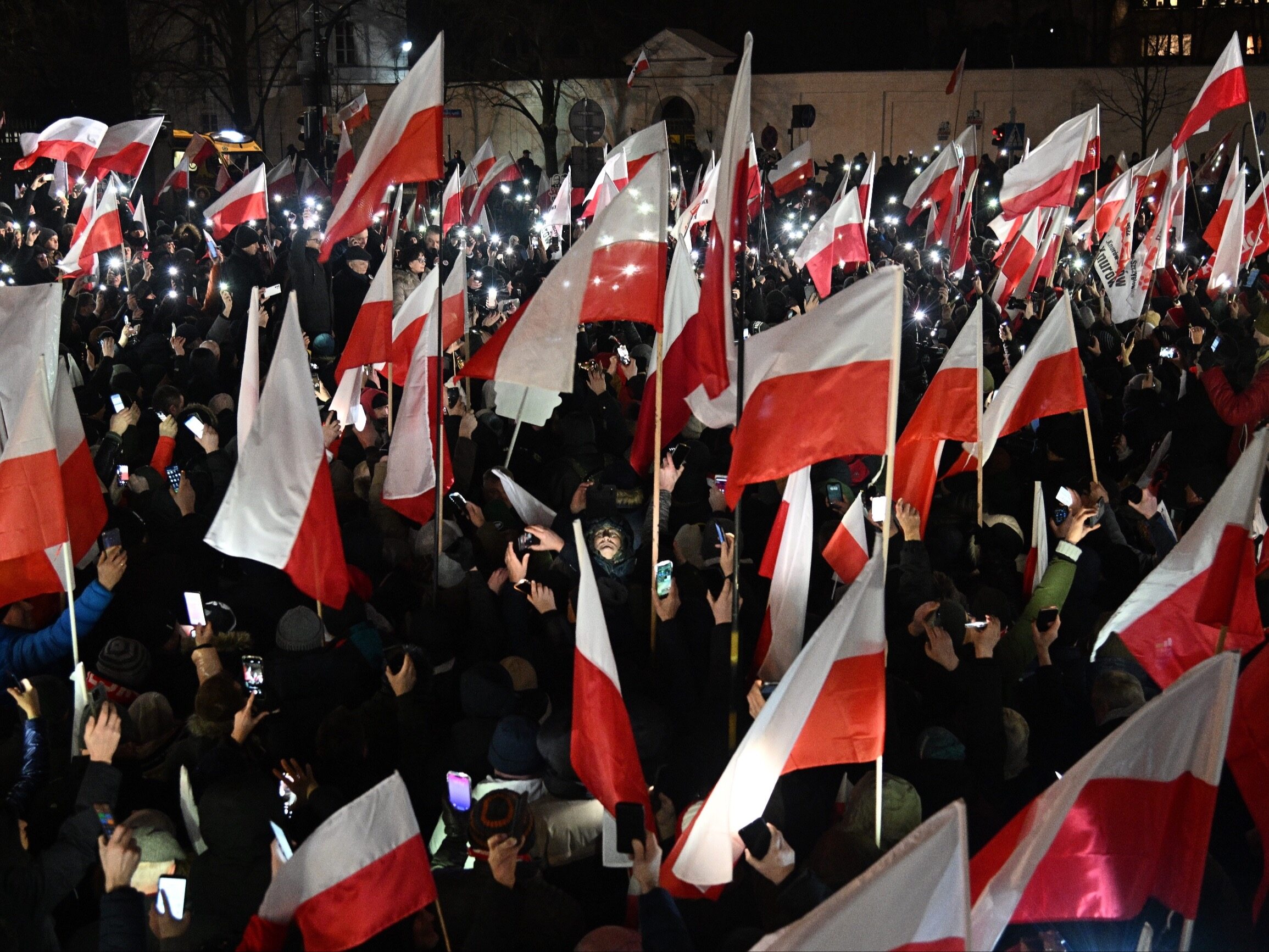
Between 35,000 and 35,000 people were able to participate in Thursday’s Protest of Free Poles. and 500 thousand people. The discrepancy in the calculations is more than 14 times. What is the difference and how is attendance calculated?
During the first speeches at the Free Poles’ Protest, declarations for 100,000 people were made from the stage. participants. Not much later, Przemysław Czarnek exceeded this number three times and announced 300,000. participants. It didn’t end there. “Unofficially, according to preliminary calculations of the services, there were about 500,000 people at the demonstration. people,” said Tomasz Sakiewicz, president and editor-in-chief of Telewizja Republika.
However, statements about the services’ calculations are highly questionable because they have not been made public for a long time. Moreover, websites independent of the organizers report a much lower turnout. The Onet portal reported that between 90,000 and 90,000 people participated in the protest. and 120 thousand people. According to the town hall, the turnout was approximately 35,000, and according to the secretary of state at the Ministry of Interior and Administration – between 35,000. and 40 thousand
All data given ranges between 35,000 and 500 thousand participants, which means a more than 14-fold difference. How is attendance at marches counted and what may cause such discrepancies?
Analysis of photos and aerial recordings
The first method used to calculate attendance, and the most popular method, is to calculate it based on photos and recordings from the event. On their basis, it is estimated what area the event covers and what density occurs there.
This method was also used by Onet, which assumed that the event occupied a space of approximately 60,000 square meters. square meters, and the density there was between one and a half and two people per square meter. The portal used the same density index for events organized by the Civic Coalition last year.
Jacobs method
This method is a slightly more advanced form of analyzing photos and recordings, but it is already classified as a scientific method. In the Jacobs method, the assembly area is divided into smaller squares and the turnout is calculated on these squares. Then the calculations from all squares are added up, giving a slightly closer result than with the previous calculation method.
Crowd Science Analysis
A slightly more advanced form of counting attendance at events is analysis based on Crowd Science, or, simply put, “the science of crowds”. This relatively young field examines the behavior of people in large groups and helps reduce potential threats.
Based on Crowd Science, analysts create advanced algorithms. Knowing people’s behavior, they can estimate their density and, consequently, the full attendance.
People counting systems
A much less common method of estimating attendance at mass events in open spaces in Poland is physical devices for counting attendance. Their use is made difficult mainly by the specific nature of such demonstrations – people often walk sideways and do not pass through specific places.
People counting systems are much more effective at closed events, where all participants have to pass through a specific place. Then a special “gate” is placed in such a place, which registers every person passing by.
Mobile technologies
The turnout counting technique that may seem the most accurate in the 2020s is the analysis of data from mobile phones. Special systems use GPS signals or the activity of devices in mobile networks in a specific place.
However, the use of mobile technologies raises some doubts. First, it requires access to mobile operator data and may raise privacy concerns. Secondly, during mass events, coverage problems often arise, which may distort the calculations.


